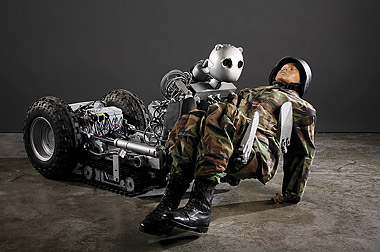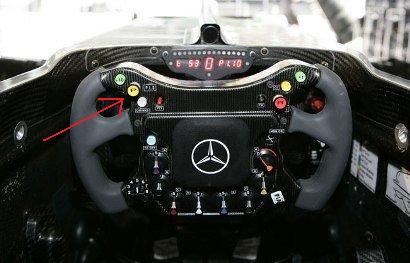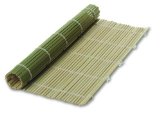Accessibility is too often seen as a chore. But there are many reasons to be excited about making things usable for everyone.
It Just Feels Good
I know it’s cliché, but helping people does feel good. Making your website work with screen-readers is not the same as volunteering your time to read for the blind and dyslexic. But it still helps…
More cynically, accessibility means your work reaches more people. Even if it’s just an extra 0.6%, it still feels good to know you are having a bigger impact.
We Are All Impaired
As Keith Lang points out, “we are all impaired to some amount (or sometimes)”. Everyone is “deaf” in a library, because they can’t use speakers there. Similarly, if you try showing a video on your phone to a dozen people, many of them will be “blind”, because they can’t see the tiny screen.
Consequently, accessibility means designing for everyone, not just a disabled super-minority.
Accessible Design is Better Design
Usability improves when accessibility is improved. For example, a bus announcing stops with speakers and signs means you can keep listening to your iPod, or looking at your book, and still catch your stop. It makes buses easier to ride.
Maximally accessible design engages multiple senses. Done well that means a more powerful experience.
Early Warning
The flip-side of accessibility improving usability is that bad design is hard to make accessible. How easy it is to make something comply with accessibility guidelines is a test of the soundness of the design.
I don’t care about accessibility. Because when Web design is practiced as a craft, and not a consolation, accessibility comes for free.
—Jeffrey Veen
Accessibility compliance should be like running a spellcheck — something quick and easy that catches mistakes. When it’s not, it’s a warning that something is fundamentally wrong. That’s never fun, but the sooner a mistake is caught, the cheaper it is to correct it.
Challenge the Establishment
Accessibility might be the best “excuse” you’ll ever get to do fundamental UX research.
I think for people who are interested in user interface disability research is another area that gets you out of the Mcluhan fishbowl(??) and into a context where you have to go back to first principles and re-examine things. So I think the future there is very bright but we need more people working on it.
–Alan Kay, Doing With Images Makes Symbols
If anybody knows what he meant by what I heard as “Mcluhan fishbowl” please let me know!
Technology is Cool
Accessible design makes content easier for machines and programmers to deal with. This makes the future possible. For example, embedding a transcript in a video means that the video’s contents can be indexed by google, or automatically translated, etc.
BUt the really exciting stuff hasn’t happened yet.
Accessibility research is going to be a huge part of what advances the state of the art in Augmented Reality and cybernetics/transhumanism. The common theme is mapping data from one sense to another, or into a form that computers (eg. screen readers today) can process.
Why do You Like it?
I’d love to know what makes you passionate about accessibility. For me it’s that it feels right, and as a programmer, I am very excited about what it enables.


